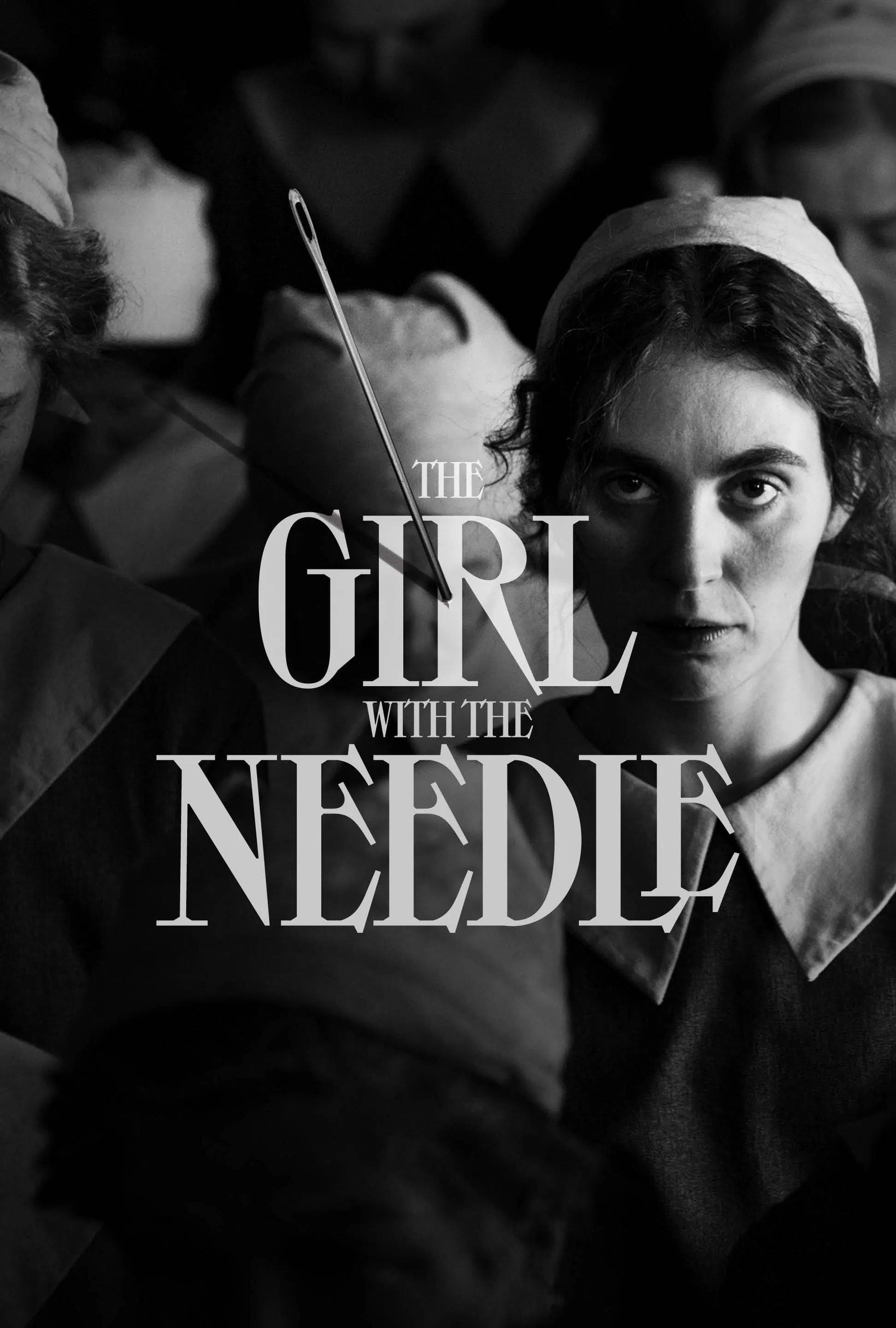
The Girl with the Needle
2024
Rate this movie
Average: 5.00 / 5
(1 votes)
Director
Once again, Northern Europe gives birth, at the hands of emerging Swedish director Magnus von Horn, to a work of almost painful formal beauty, a black-and-white nightmare that, starting from a chilling true story, transcends true crime to become a universal meditation on despair, motherhood, and the monstrosity that can hide behind the face of charity. Von Horn, a Swedish director who immerses himself with masterful confidence in the darkest soul of Denmark, has created a work that rightfully belongs in the canon of great Nordic cinema, a film that gets under your skin with the slowness and precision of a sewing needle.
Set in a Copenhagen of 1919, wounded and impoverished by the Great War, the story follows the young factory worker Karoline. Pregnant after her lover abandons her and evicted by her landlady, Karoline finds herself alone, unemployed, and without hope. In this abyss of despair, she meets a figure who appears to her as a guardian angel: Dagmar, an elderly and charismatic owner of a pastry shop who runs a clandestine adoption agency in the back room. She offers refuge to unmarried mothers, taking their unwanted babies and placing them with adoptive families. A strong and intimate connection develops between Karoline and Dagmar, an almost maternal bond. But Karoline's world, and ours, is shattered when, piece by piece, she discovers the shocking and unimaginable truth behind Dagmar's work.
The film is deeply rooted in its specific historical and social reality. The story is based on the real case of Dagmar Overbye, one of the most prolific serial killers in Danish history, an “angel maker” who, between 1913 and 1920, killed an unknown number of newborns entrusted to her care. But von Horn's film is not interested in the police investigation. It is interested in creating a work about the atmosphere that made such horror possible. The Copenhagen of the film is a city of desperate people. The condition of women, particularly that of an unmarried mother without means, was a social and economic dead end. Society offered no safety net, only judgment and condemnation. In this context, a figure like Dagmar could only appear as a saint, a benefactor offering a solution to an otherwise unsolvable problem. The film is a powerful indictment of a system that, by criminalizing vulnerability, unwittingly creates its own monsters and the perfect conditions for them to thrive.
It is impossible not to place this work in dialogue with the great tradition of Danish cinema, from Dreyer to Von Trier and Vinterberg. The guiding light that hovers over every frame is undoubtedly Carl Theodor Dreyer. The formal asceticism, the almost theological rigor, the black-and-white photography that carves pain into faces and, above all, the almost masochistic attention to the suffering of a female protagonist are a direct homage to masterpieces such as The Passion of Joan of Arc and Dies Irae. Von Horn conveys the same sense of an inevitable, almost metaphysical evil. Moving on to Lars von Trier, the connection lies in the theme of the female protagonist who goes through an ordeal of abuse and suffering, as in Breaking the Waves or Dancer in the Dark. But where von Trier often uses provocation and the deconstruction of melodrama, von Horn opts for a more classic and atmospheric approach, closer to the grammar of horror cinema. The comparison with the Dogma 95 movement, co-founded by von Trier and Thomas Vinterberg, is one of total contrast. Dogma was a rebellion against artifice, a search for “naked” truth through handheld cameras and natural light. The Girl with the Needle is the exact opposite: it is a work of absolute artificiality and formal control, a meticulously constructed studio world that demonstrates how post-Dogma cinema has forcefully reclaimed the power of aesthetics and staging.
Von Horn's black-and-white aesthetic is the visual heart of the film. It is not realistic or documentary black and white. It is expressionistic black and white, owing more to German silent cinema than to reality. Radek Ładczuk's photography is a masterpiece of chiaroscuro. The Copenhagen of the film is a city of deep shadows and almost blinding light. This aesthetic creates what could be called an ‘eternal brilliant garland’: light often creates halos around characters and objects, a deceptive beauty that envelops a sordid and terrifying reality. It is an aesthetic that closely resembles the German expressionist cinema of Murnau and Lang: the city is a labyrinth, the interiors are claustrophobic, and the faces are masks onto which inner anguish is projected. It is a world out of joint, morally and visually.
The relationship between Karoline and Dagmar is the psychological center of the drama. It is not a simple game of cat and mouse. It is a complex bond, a kind of folie à deux by proxy, where Karoline, desperately in need of a mother figure and a refuge, actively chooses not to see, not to understand. She clings to the image of Dagmar as a benefactor because the alternative is an abyss of horror that her mind cannot conceive. The film is masterful in showing her slow and terrible realization, a process of disillusionment that takes place through small details, suspicious noises, and lies that begin to crack. The discovery of the truth is not a sudden revelation, but a slow poisoning of the soul.
Watching this film reveals a work of rare power, a film that uses the codes of horror and gothic cinema to tell a terribly human story. It is a film about female despair, the perversion of maternal instinct, and the ease with which society looks the other way in the face of horror, especially when the victims are invisible. Magnus von Horn establishes himself as a first-rate auteur, capable of creating an unforgettable atmosphere and posing complex moral questions without offering any easy consolation.
Genres
Gallery
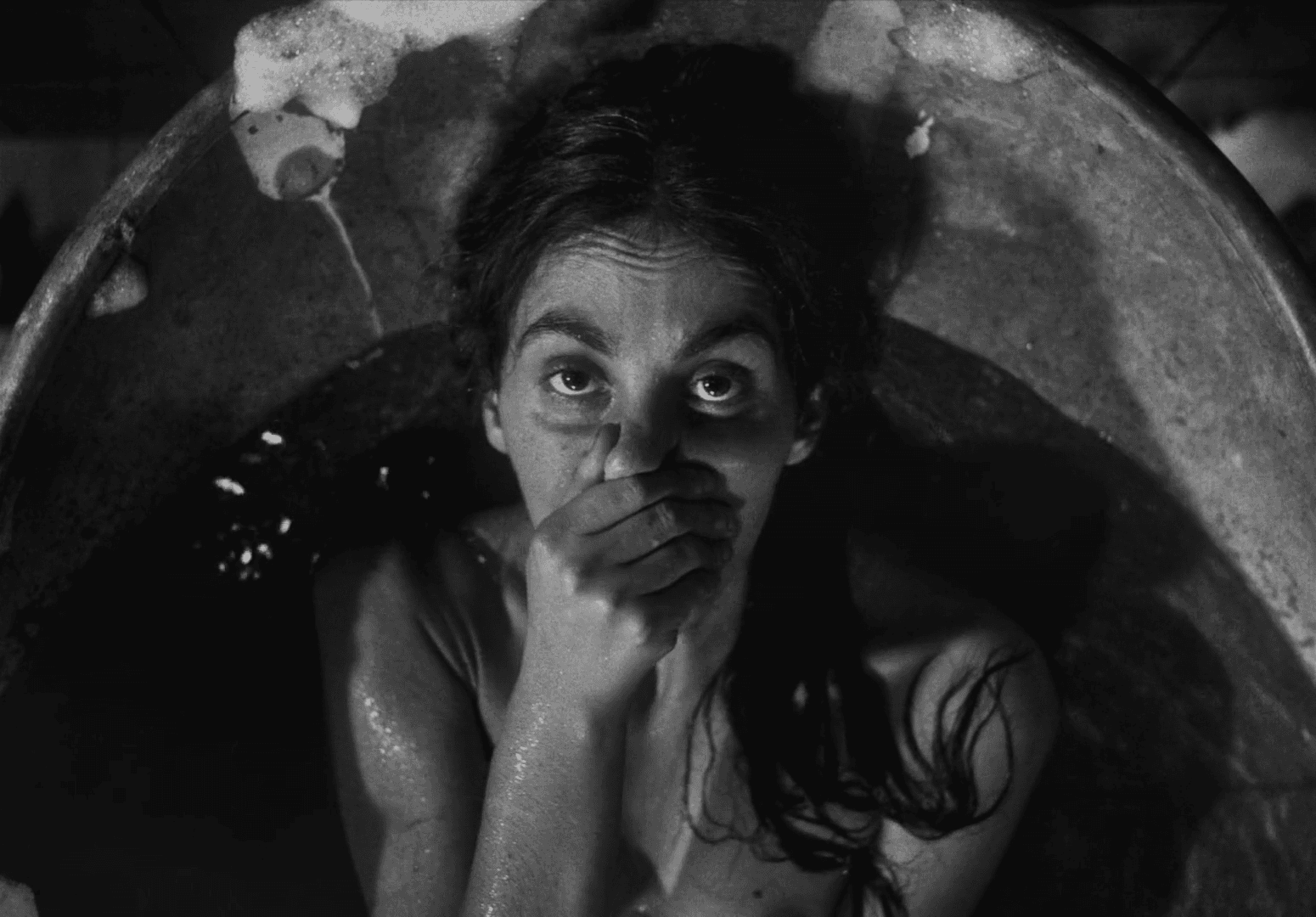
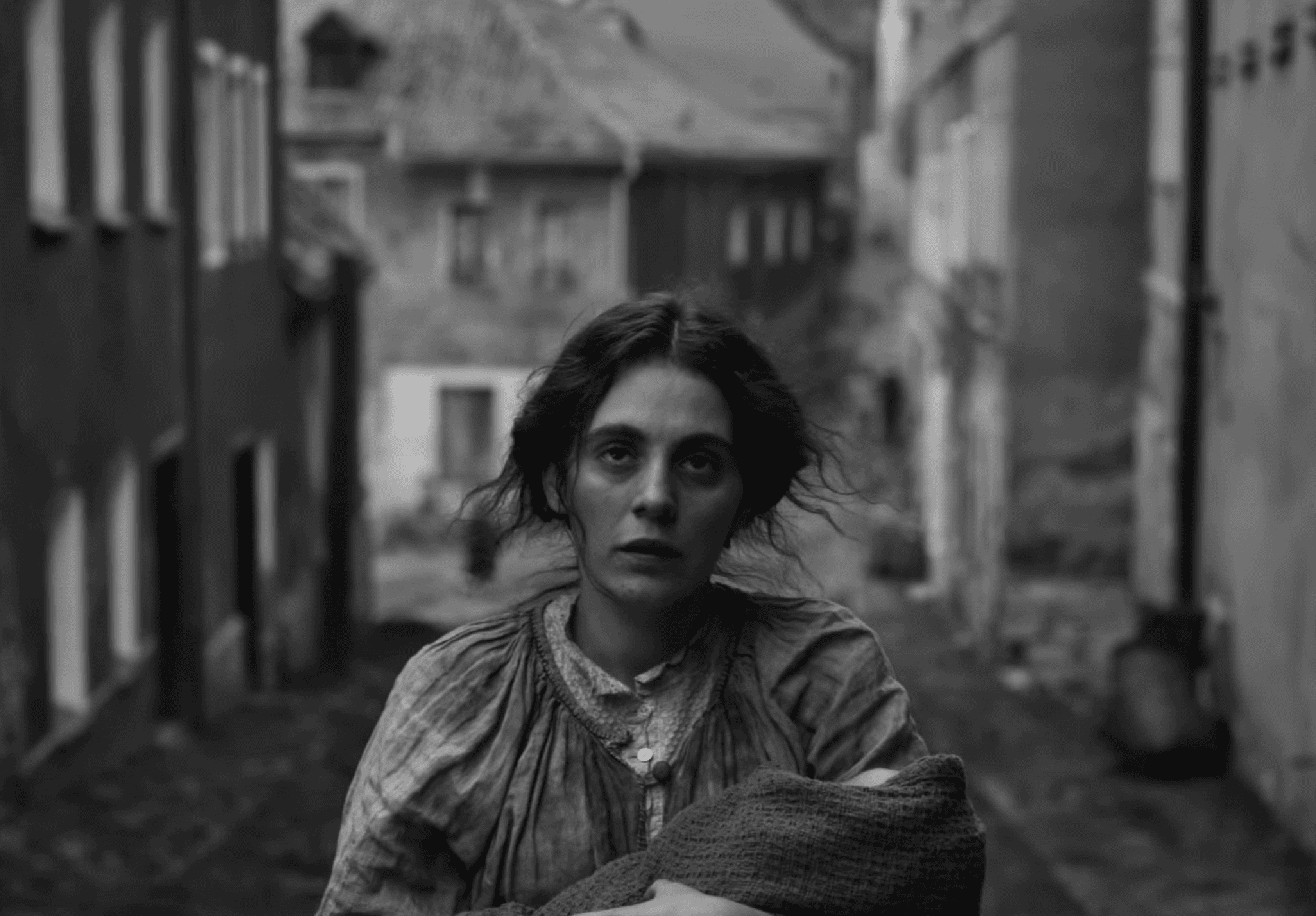



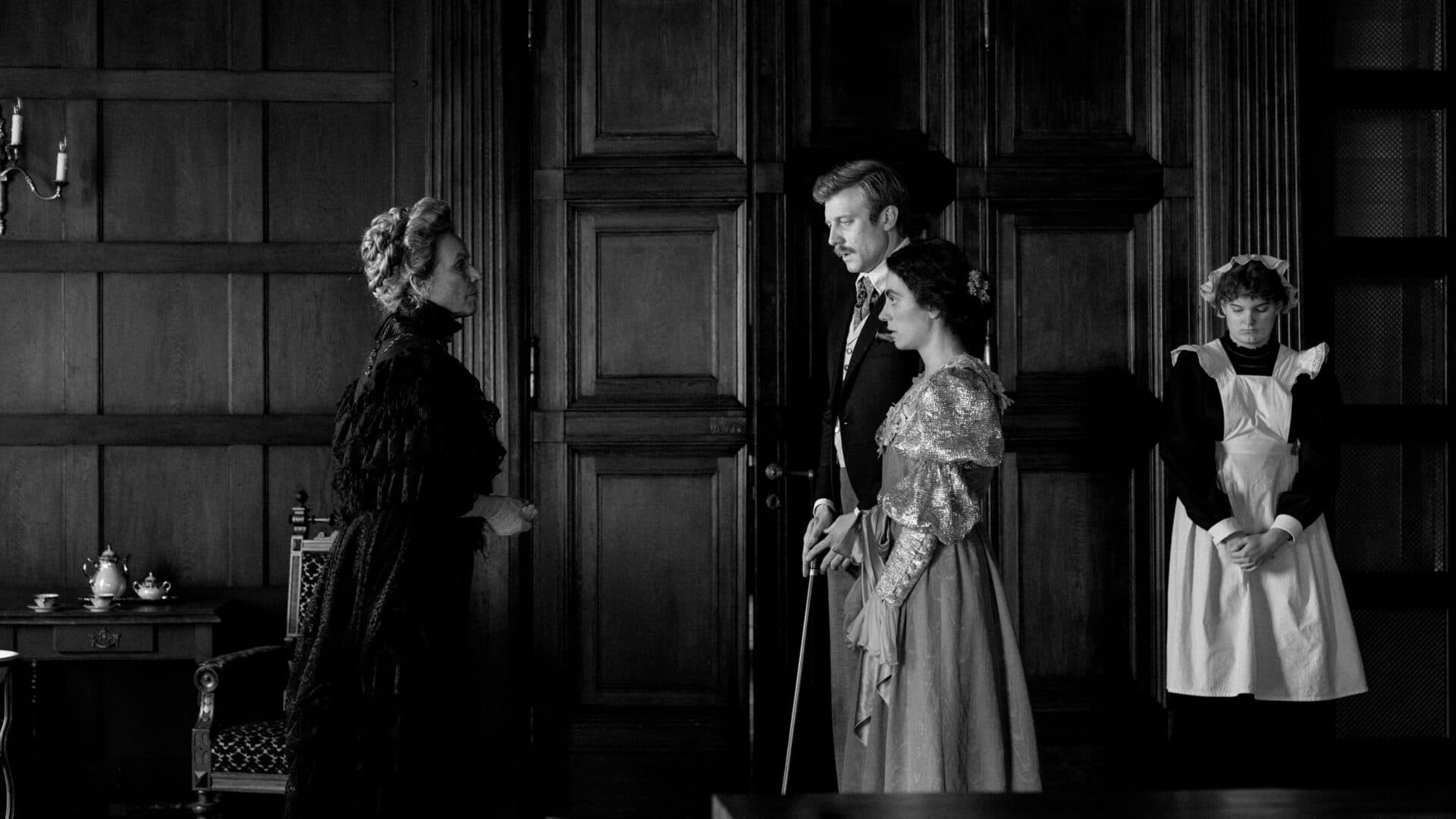
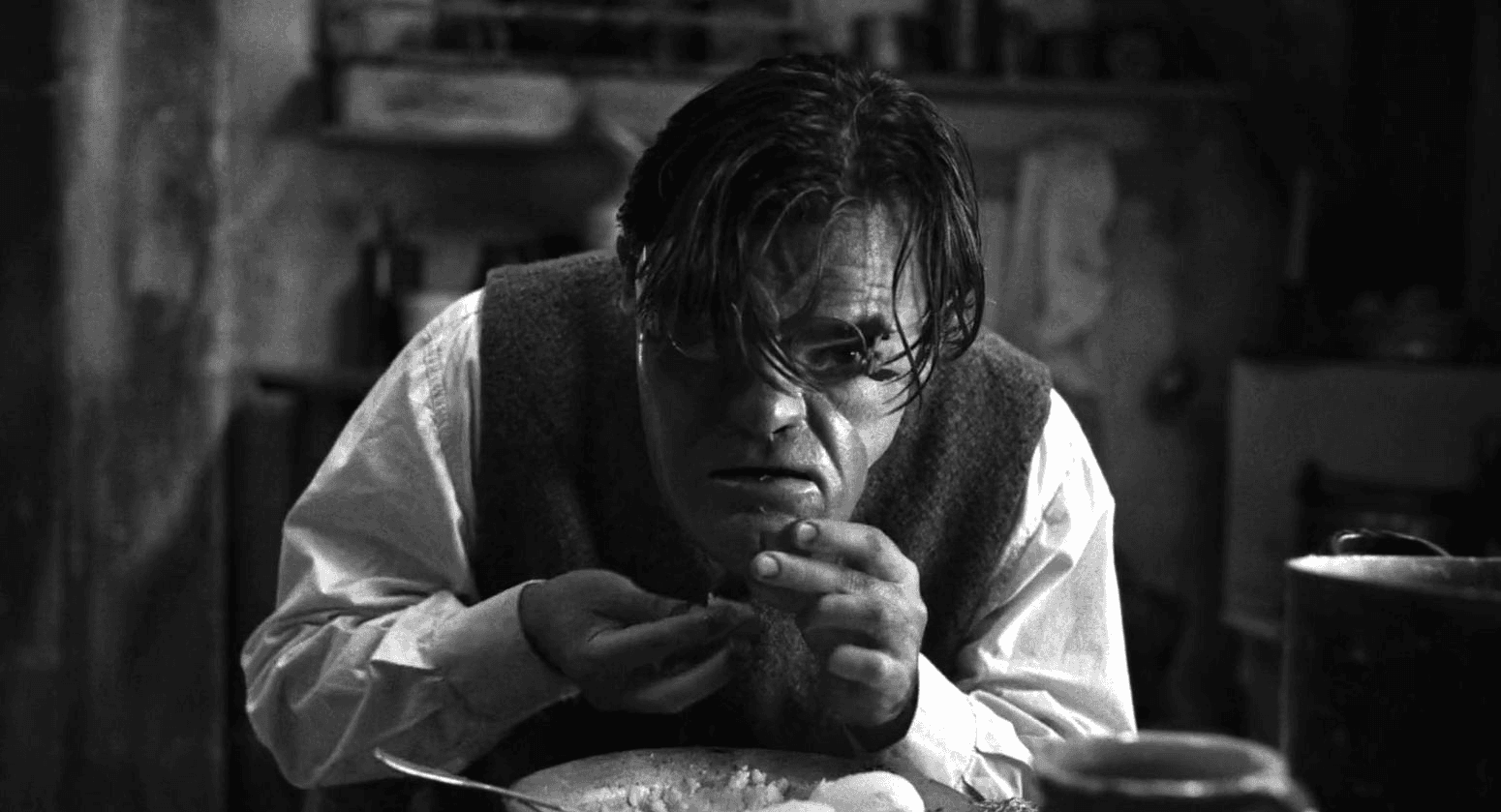
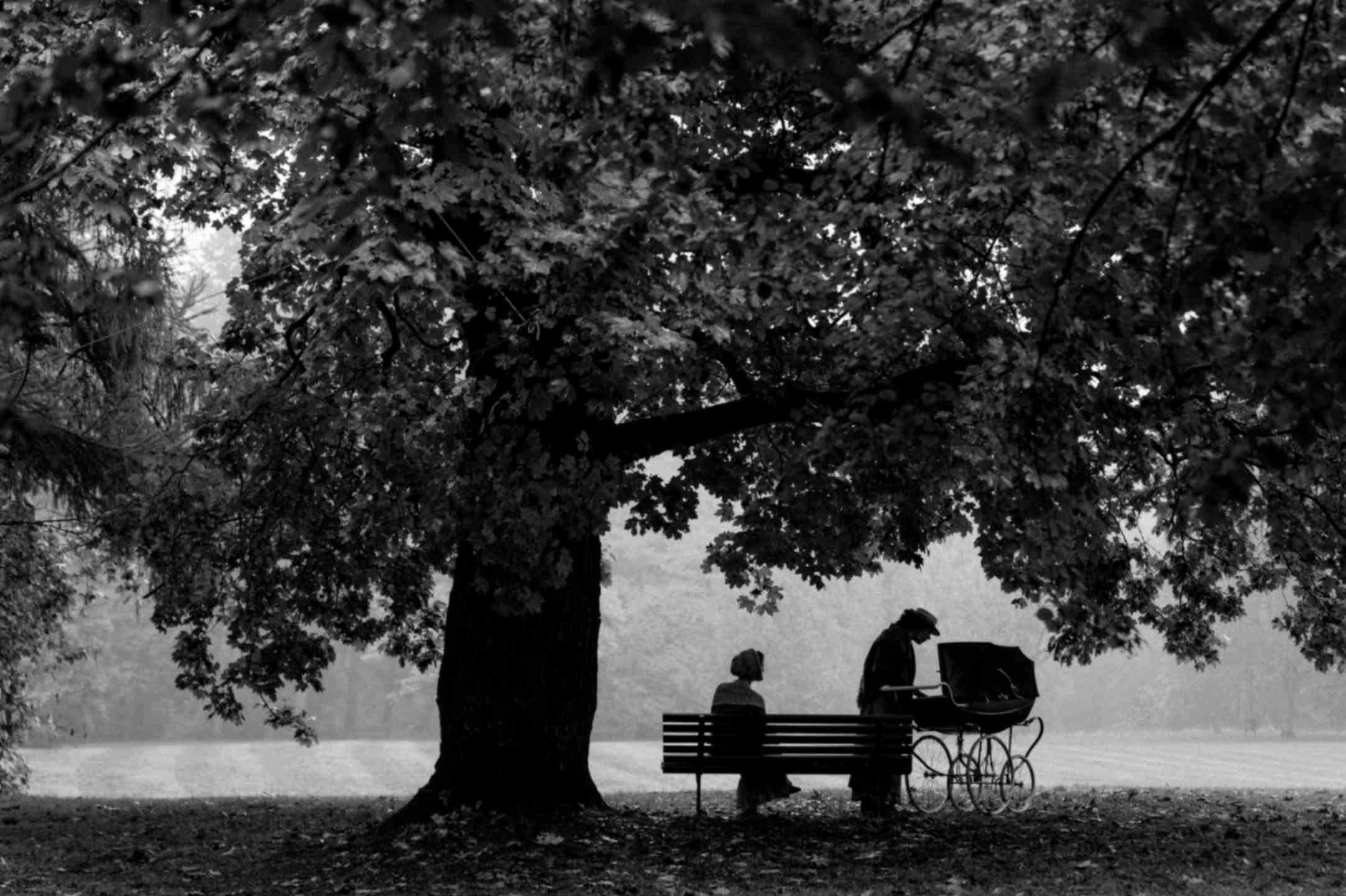

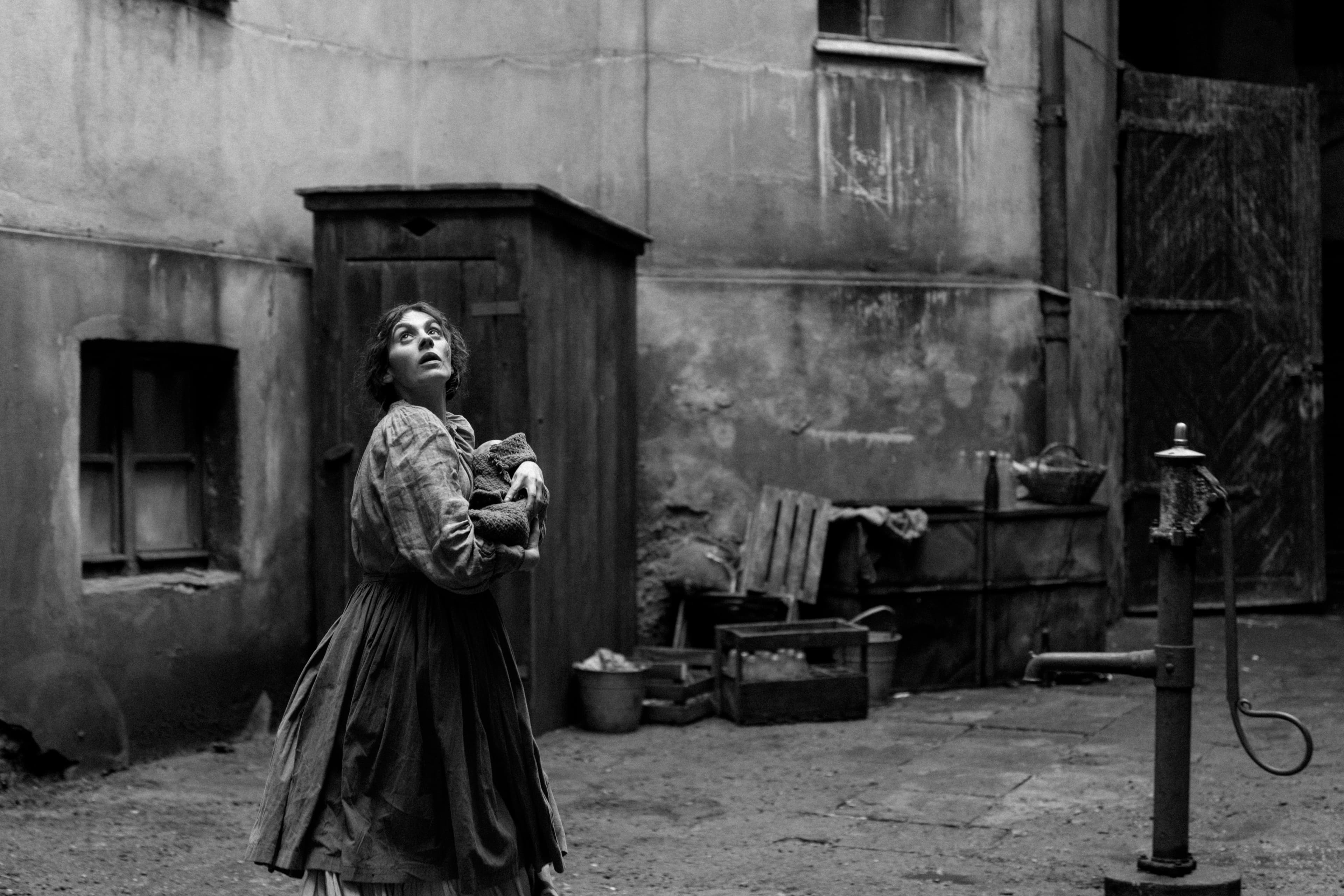
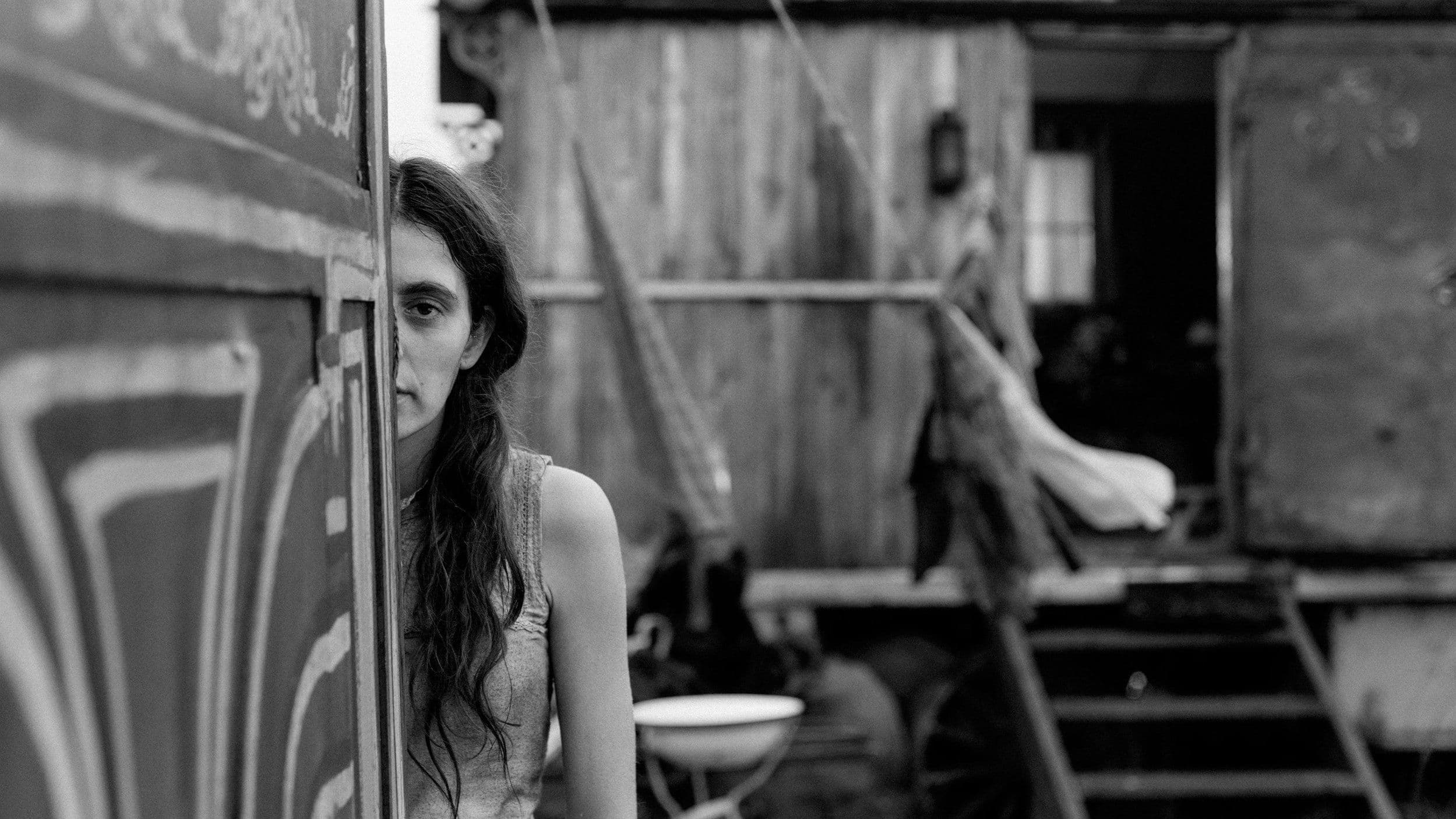
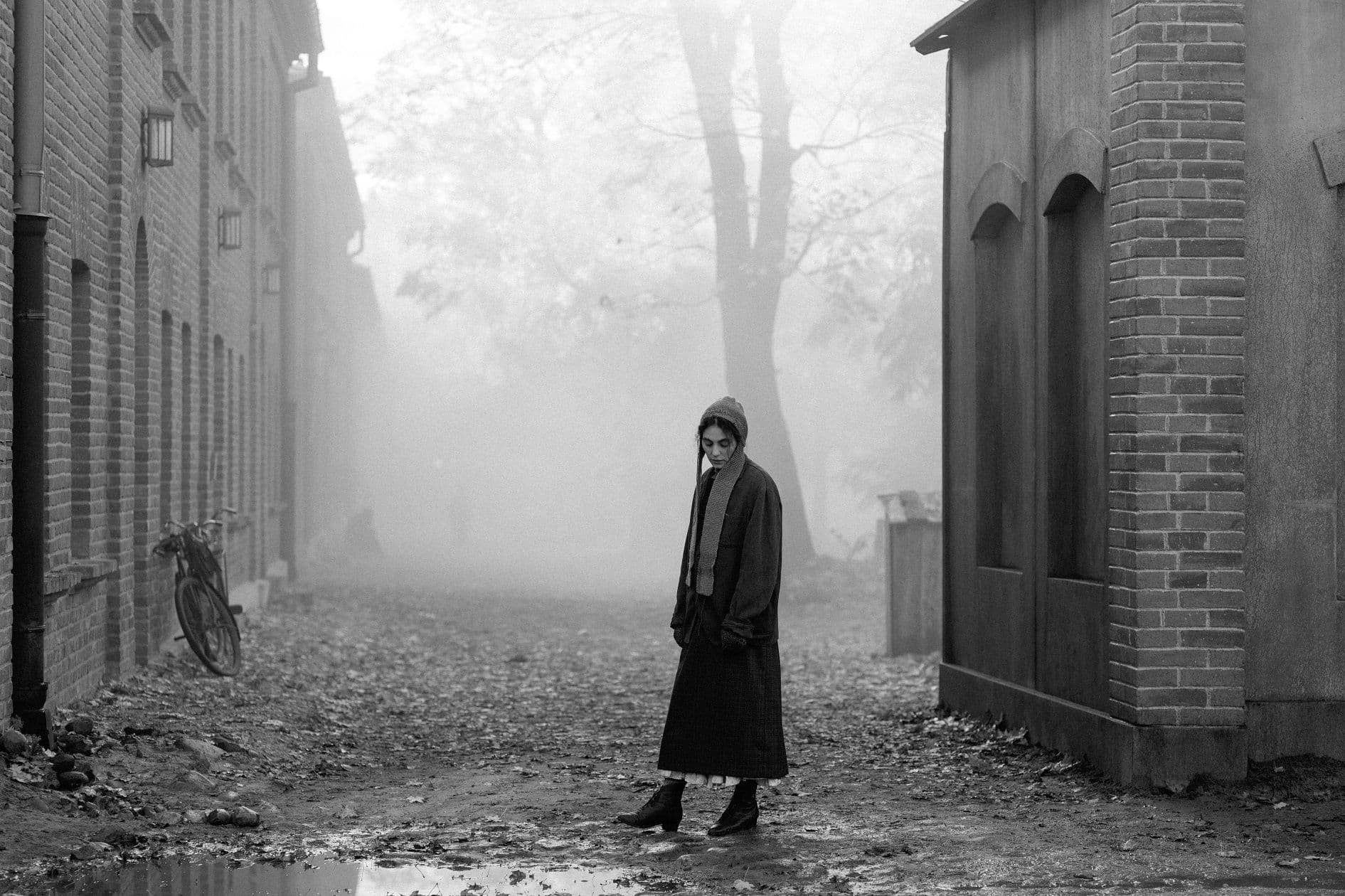
Featured Videos
Official Trailer
Comments
Loading comments...